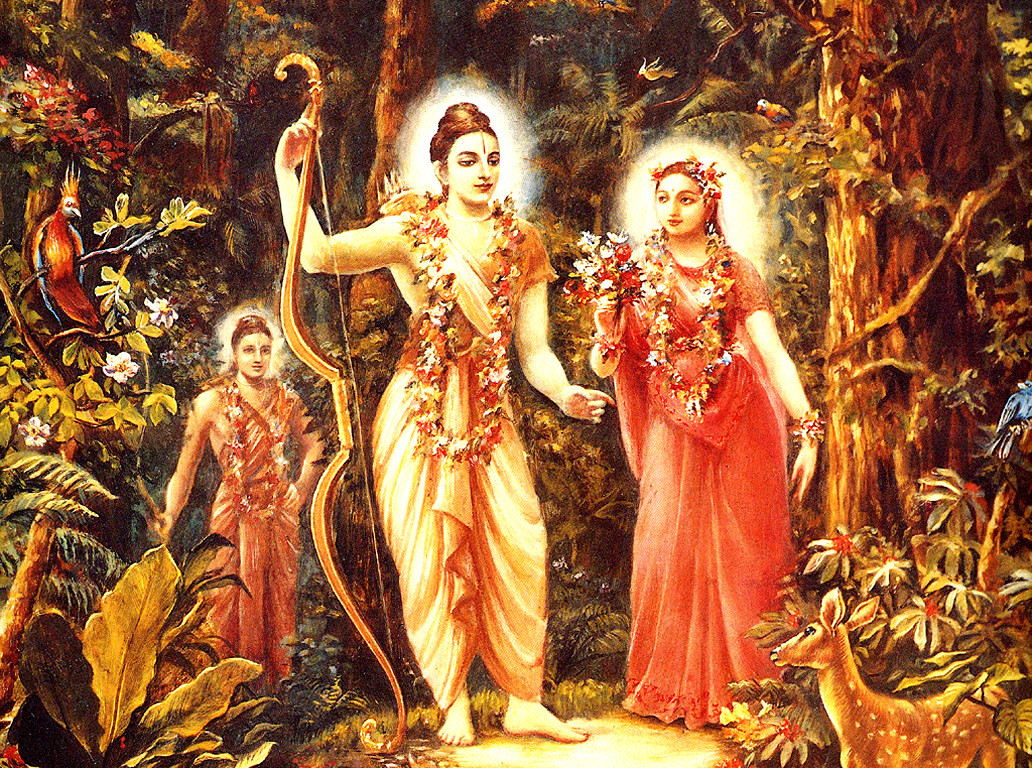7 Attractions of Vivaha Panchami in Janakpur

One of the famous Hindu festival of Nepal and the pride of Janakpur: Vivaha Panchami is celebrated according to the Vedic calendar on the 5th day of the month of Poush. On this day, Lord Rama and Goddess Sita were married in Janakpur as mentioned in the Valmiki Ramayana during Treta Yuga. The entire festival lasts for seven days exhibiting seven special festive traits that lure millions of tourists from Nepal and all over India.
During the festival, the famous Janaki temple is decorated and all the wedding ceremonial process is conducted in the temple premises. However, the entire wedding ceremonial process is allocated for seven different days where people enjoy the seven cultural and religious aspects of Vivaha Panchami.

Day 1: Nagar Parikrama
On the first day of Vivaha Panchami the celebration starts from the “Nagar Parikrama” meaning the city tour and other necessary preparation for the seven-day long ceremony where the priest of Janaki temple acts as King Janak; father of Sita and on the other side the priest of Ram Mandir acts King Dasrath. During Nagar Parikrama, the idol of Lord Rama and his brother Lakshmana is carried around the city where local tries to decorate the entire city to provide the glimpse of ancient Treta Yuga. On this day locals also sing ancient Mithila songs to welcome Lord Rama, Lakshmana, and their Guru Basistha.
You may also like: Mythical Mithila
Day 2: Fulbari Lila
The second ceremonial day is the “Fulbari Lila” where the first meeting of Lord Rama and Goddess Sita occurred. Although referring to the Valmiki Ramayana the actual Fulbari Lila took place in Bihar, Fulhar. However, in Janakpur this is performed in the nearest garden of Janaki Temple. It is believed that on this occasion Sita with her few close friends came to steal a glimpse of Lord Rama for the first time.
Day 3: Dhanus Yagya
The third day of the ceremony is regarded as the “Dhanus Yagya” where all the kings around the world who came to participate in the wedding accepts the challenge of King Janaka to lift and string the Shiva Dhanus. However, as everyone fails to do so it was Lord Rama who eventually lifts the Shiva Dhanus and breaks it to prove his supremacy. As per Valmiki Ramayan, the entire Dhnus Yagya took place in the Rangbhumi in Janakpur hence even today the locals celebrate Dhanus Yagya in this place.
Day 4: Tilakautsav
The fourth day is referred to as “Tilakautsav” and is of great celebration where happiness is shared among locals. As per the ceremony the priest of Janaki temple will send 101 guests to Ram Mandir where all the guests are welcomed by the honored priest of Ram Mandir. Local women start celebrating this auspicious day by singing ancient songs in their local language whereas the two priests of Janaki Temple and Ram Mandir hug each other to welcome the meet which is also known as the Samdhi Bheet.
Day 5: Matkor
The fifth day of the ceremony is known as the “Matkor” where the local women including the participating guest from Ayodhya will help dig the mud from Gangasagar singing local cultural songs. The mud eventually unearthed from the Gangasagar will be used in the making of the “Bedi”.
Day 6: Wedding Ceremony
On the second last day which is also known as the most important day of the entire ceremony the wedding is carried out in the premises of the Janaki temple during the night under all the Vedic rituals. After the wedding, the palanquin from the two temples reaches the wedding venue where the local women sing and celebrate the occasion the entire night.
Day 7 of Vivaha Panchami: Ramkaleva
The final day is known as the “Ramkaleva” where thousands of people visit Janaki temple to witness the last day of the festival. On this day all the guests from Ayodhya will be treated with great respect and offered delicious foods of Janakpur. Furthermore, they will be offered a variety of clothing and gifts. During this day men and women on, both sides sing and satires each other for fun.
